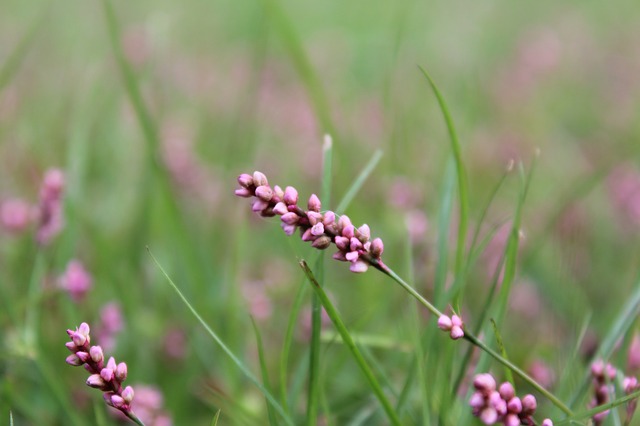
It was in the late 1800s that an individual by the name of Carl Peter Thunberg, who was a Swedish naturalist, discovered a member of the buckwheat family known as Japanese knotweed. Later a Bavarian physician named Von Siebold, who was by profession also way naturalist found it again between 1823-1829. For many years, he was part of a unit in the Dutch army. Von Siebold began to distribute the plant across Europe. It was around 1848, originating from a nursery in Leiden, Holland, that he began to promote his discovery, leading to his acquiring of the Gold Medal (from the Society of Agriculture and Horticulture of Utrecht) in the mid-1800s. Knotweed was subsequently promoted in many different ways including as a fodder plant, one that was extremely useful when stabilising sand dunes. Its ability to grow and form dense screens were reasons why it became so profitable.
How Did Knotweed Reach The UK?
The Leiden nursery sent an unrequested parcel of plants in the 1950s, which included Japanese knotweed, sent directly to the Royal Botanical Gardens in Kew. A specimen was received, and the same year, a Kingston nursery offered knotweed for sale in Britain. Commercial nurseries began to provide this, and many amateur hobbyists flocked to it, a plant that would become naturalized in the UK in the mid-1880s. To see the UK laws regarding knotweed see ‘japanese knotweed UK law‘.
Late 19th-Century Warnings About Knotweed
The dangers associated with this plant were well-known toward the end of the 19th century. In 1887, an account of Alexandra Park’s flora was published. It referenced the way in which knotweed continued to proliferate “unexpectedly” in many cultivated areas. Gertrude Jekyll was a long-time admirer of Dwarf Japanese Knotweed and stated it should not be planted without caution. The Royal Horticultural Society in 1905 advised its readers not to plant knotweed simply because it was so prolific and could virtually grow anywhere.
The destructive effects of this plant became well-known, going far past the point of no return through its invasiveness. In 1981 the British government created legislation that was designed to control the sale of knotweed which was the only way they could prevent it from getting worse.
Knotweed became known as a literal menace to society, as well as the natural environment in which it was growing so rapidly.
Since its departure from Asia, it has become a global phenomenon, in menace to all other plants in the areas where it would grow. It is managed in its natural habitat by natural means. In Japan, at least 30 species from the insect kingdom, and specifically more than five species of mushrooms were able to feed on it to keep it in check. These species are not found outside of their natural habitat and the plant thrives without predators.
Knotweed Control Trials
This led to what was referred to as trials, ones that were administered in the United Kingdom with the intent of this plant by introducing natural predators that could prevent it from becoming uncontrollable. The intent was to do this, without harming other species in the area. A psyllid called Aphalara itadori was used to manage knotweed in the safest and most naturalistic way possible. Despite their best efforts, those in charge of this project were not able to, in the five years of this study, control the growth of this plant.
What they discovered is that for several years, not much was done to control knotweed. Typically, almost a decade must go by before any results can be noticed. These agents are not intended to completely destroy Japanese knotweed, but to control it without causing harm.